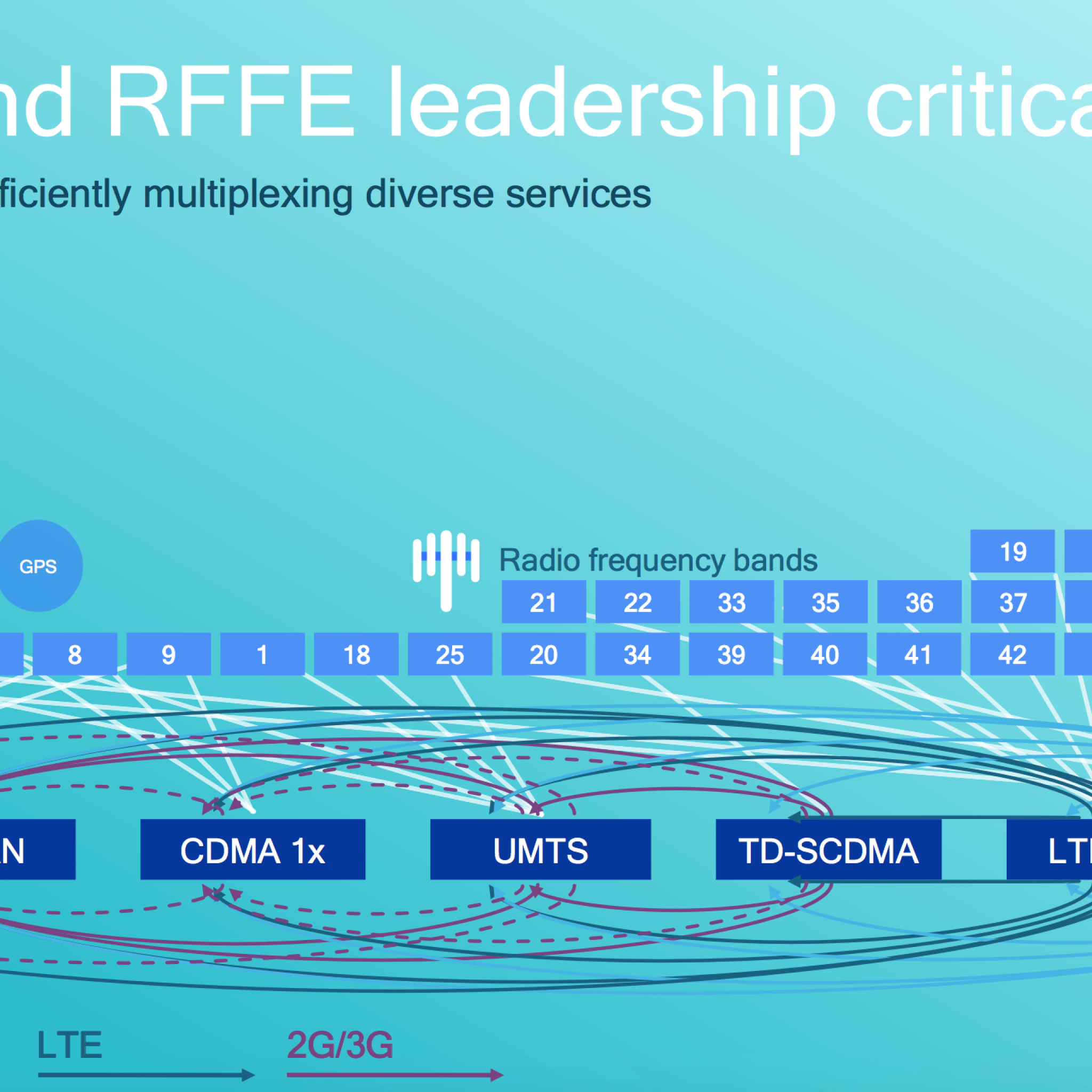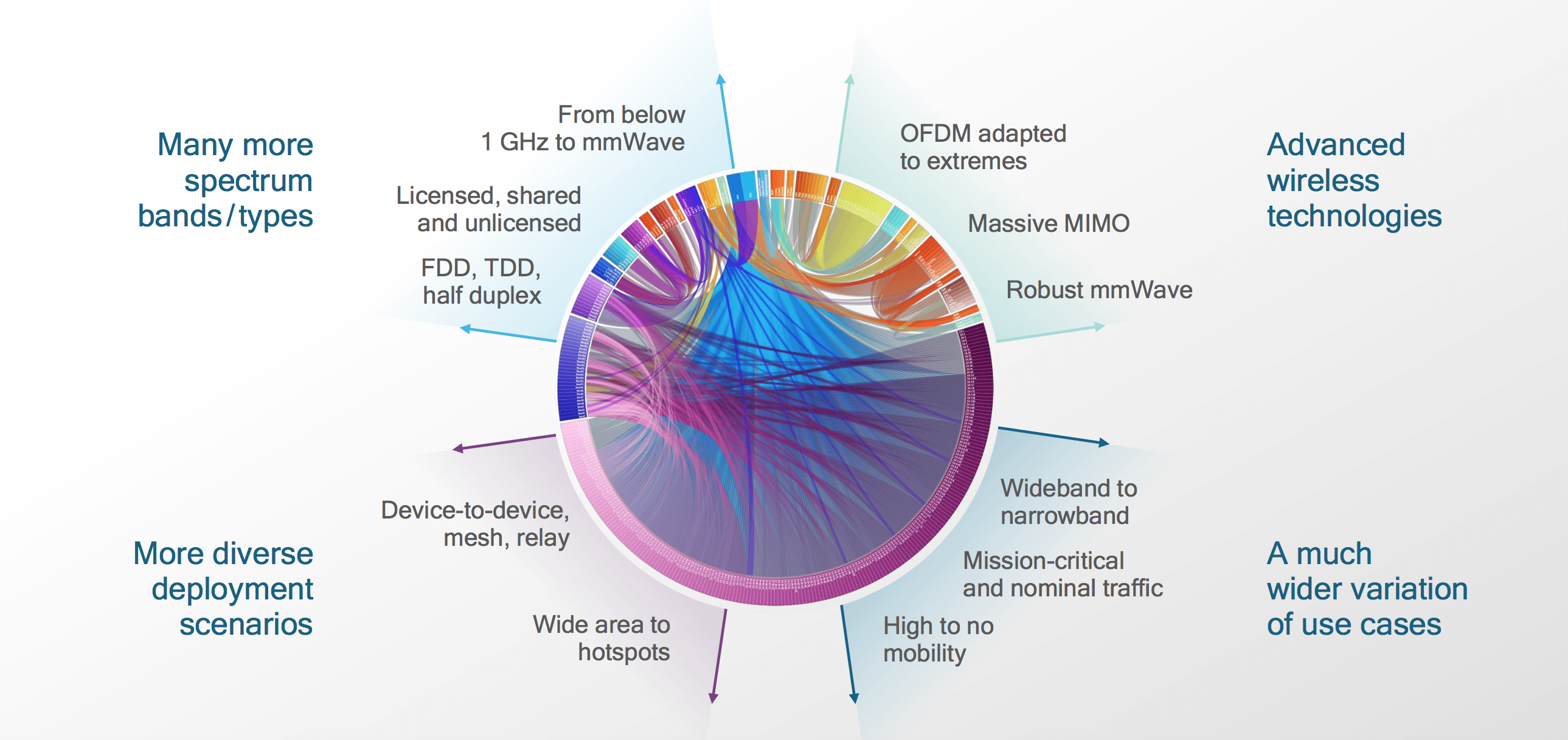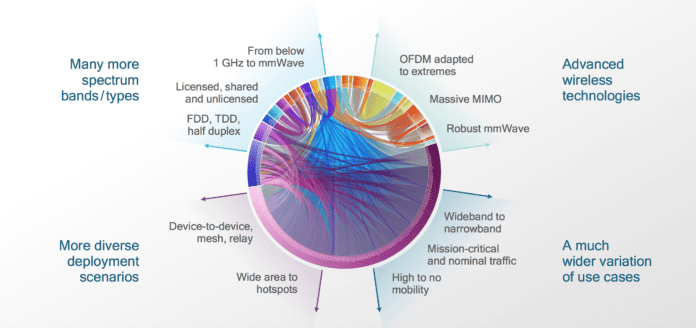SAN FRANCISCO – There’s a big difference between the internet of things as we know it today and truly massive IoT, which is what “5G” technology aims to support. That was the message Matt Grob, EVP and CTO at Qualcomm, shared with attendees of the IEEE Wireless Communications and Networking Conference.
“There’s IoT already in the world today,” Grob said. “The potential improvements when you go to massive IoT and you’re really connecting every single device that uses a resource of any kind, whether it uses power or water, or has any kind of parameter that can be allocated, or measured or sensed, every electronic device, connect them all. We want to be to support numbers like 100,000 in a sector. Even though the amount of data they send is low, the way they access the sector has to be very carefully designed so that it’s efficient even when there’s an enormous number of them.”
With that, Grob took a walk down memory lane and showed a slide that Qualcomm presented at an analysts meeting in 2012, that showed “the complexity of the radios at the time. All the different modes – there were like seven modes – all these different bands, and then the lines that connect between them are different hand-off combinations that had to be supported. At the time we were thinking how could we possibly do this, and this was 2012.”

Grob then moved to the makeup of a 5G New Radio specification, which he said has around 4,000 features. “When we get to 5G … we’ve added the millimeter wave, massive [multiple-input/multiple-output] modes, the different types of high reliability and low latency services and more variation.” To help visualize that, Grob said Qualcomm had to use a graphic tool developed for the human genome project.

“Now it’s really going to be extraordinary,” Grob said, as autonomous vehicles, robotics, smart cities, brain interfaces and a variety of new form factors come to life. “We are going to make it work.”

